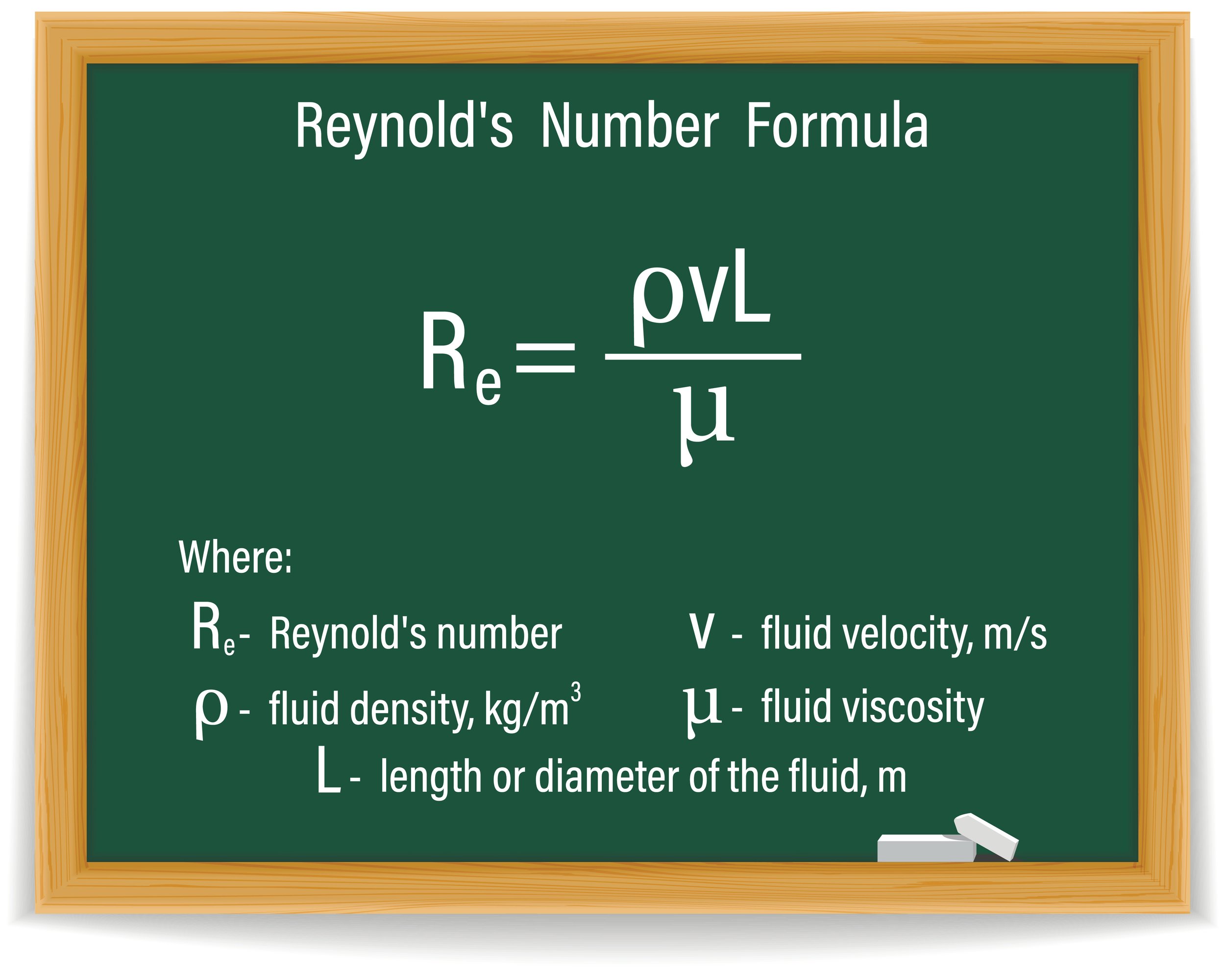Your team is already in flow …
You’re already in the flow … but which one?
Once again I’m back thinking about how experiences and principles that apply to teams and organizations engaged in knowledge work are analogous to those that govern the physical world. This time, it’s about flow. Everybody WANTS flow. Here’s a potential surprise, you’re already IN flow. The problem may be you’re often in the WRONG flow. Physics can help you understand why and what to do about it.
In fluid dynamics, there are two types of flow: laminar and turbulent. Laminar flow occurs when particles in a fluid move in one direction with little or no movement perpendicular to the flow direction. Flow is smooth and steady with little movement between adjacent layers. THIS is the flow most people and teams are looking for. Conversely, turbulent flow occurs when particles are moving perpendicular to the direction of flow and sometimes reverse direction to form eddies. This results in variations in velocity and pressure and removes energy from the flow. Sound familiar?
Laminar vs Turbulent flow
Physicists and engineers use a value known as the Reynolds (Re) number that describes the flow of a fluid as the ratio between inertial and viscous forces within a fluid. The characterization is based on physical properties - velocity, density, viscosity, and a ‘characteristic’ dimension. The Re helps engineers design for the flow they are looking for (usually, but not always, laminar). Laminar flows are typically characterized by a low Re while turbulent flows have a high Re.
In order to reduce the Re and strive for smooth,laminar flow, we can see that we need to either reduce the inertial forces (impacted by density,velocity,and dimension) or increase the viscosity, or both. Let’s look at those fluid properties and their team analogs.
Reduce Inertial Forces
Inertia is Newton’s 1st law of motion stating that any object continues in its current state of rest or uniform motion in a straight line, unless that state is changed by an external force. Something with high inertia is difficult to change in direction without significant external force. This is not ideal for an agile team. We’re looking for lower inertia too!
Density(p) is the ratio of mass to volume. Something with a high density (e.g. lead) has a high mass relative to the space it takes up. Something with a low density (e.g. styrofoam) has a low mass relative to the space it takes up. For teams, I like to think of density in terms of skills. We want teams that have decreased skills density - skills spread across multiple team members, not just concentrated in one person.
Velocity (v) is a measure of speed in the direction of flow. Operating too fast (relative to viscosity, density, and dimension) introduces eddies into the flow, causes turbulence, and results in lower average velocity. We want a team’s speed to be appropriate for their current constraints and no more.
Characteristic Dimension (L) is used in physics to define the scale of a system. For teams, reducing this dimension is analogous to reducing the size of the team and/or the number of teams this team depends on. We want smaller teams / fewer dependencies. If the size of this dimension increases there is more likelihood of turbulence.
Increase Viscosity
Viscosity(µ) is a measure of resistance to deformation at a given rate. Informally you can think of this as ‘thickness’ of a fluid … maple syrup has a higher viscosity than water. This is because the internal friction forces in the layers of the syrup are higher than they are in water. We want teams who are like syrup! They resist deformation and distraction caused by other people/teams around them. Often this translates to having dedicated team members. We want teams that are dedicated and focused on the same priorities.
Can you see the factors that are causing turbulence for your team or organization? Whether you’re reducing your team’s skills density, operating at an appropriate speed, with a relatively small team/set of dependencies, or simply increasing a team’s focus, you’re much more likely to get into smooth, laminar flow. Sometimes its hard to see what might be when you’re in constant turbulence.




